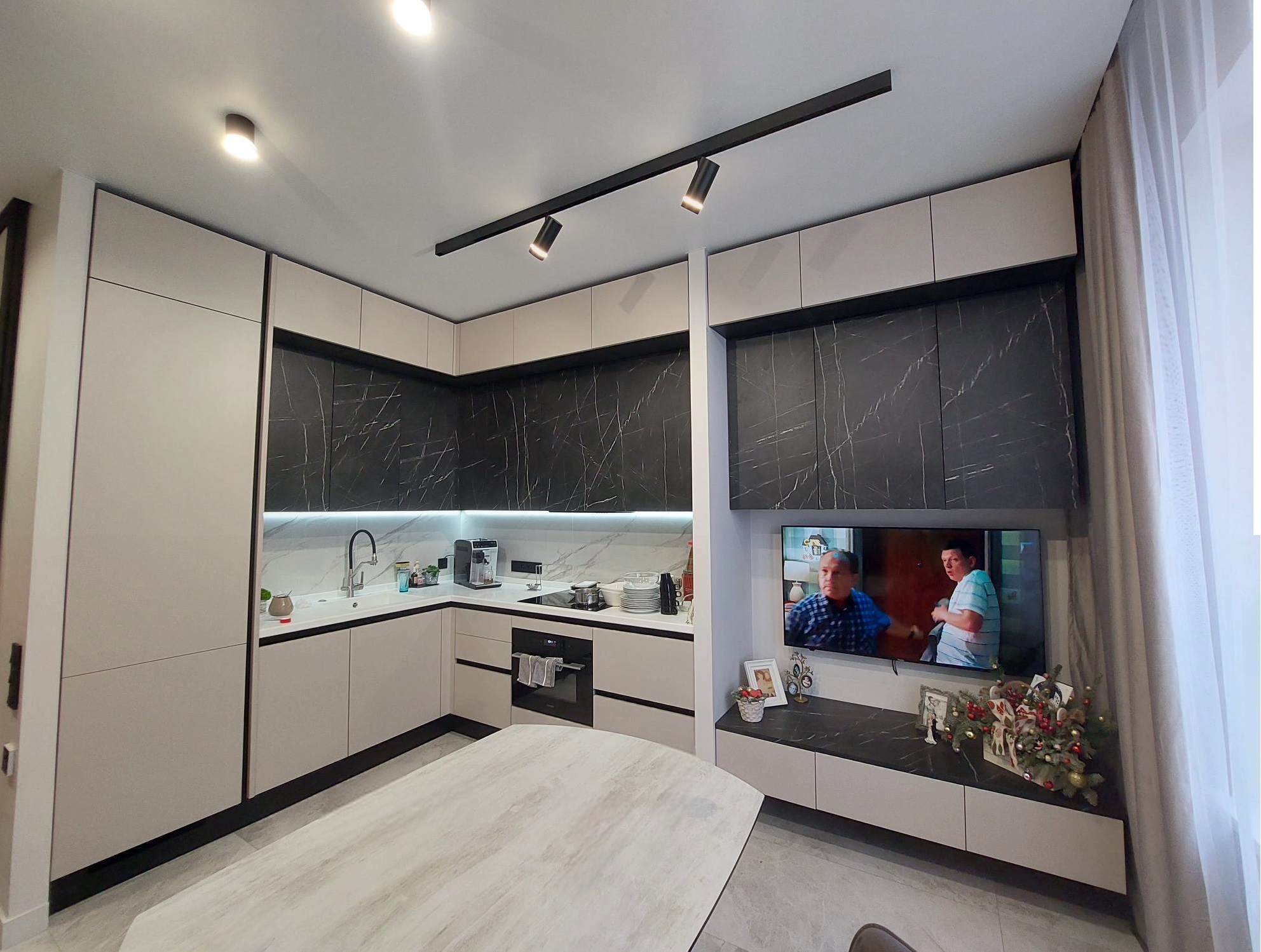
Kitchen Mastery: Artful Design Harmony
Introduction to Design Harmony in the Kitchen
The kitchen, often referred to as the heart of the home, is where functionality meets conviviality. Achieving design harmony in this space is about creating an environment that not only caters to the culinary crafts but also resonates with the aesthetics and vibe of your entire home. Implementing artful design principles can transform a simple kitchen into a masterpiece of balance, flow, and visual appeal.
The Aesthetics of Color and Light
Color is one of the most significant elements in setting the tone of your kitchen. Understanding color theory and how different hues interact is essential for creating a harmonious palette. Complementing colors can create a sense of calm, while contrasting tones might bring vibrancy and energy. Lighting plays a crucial role too; it can alter colors and create ambience. Integrating both natural and artificial light sources can enhance the overall aesthetic and functional aspects of the kitchen.
Material Selection and Texture Integration
Choosing materials is not only about durability and ease of maintenance; it is also about the tactile and visual experience. Whether it's the smoothness of marble countertops, the warmth of wooden cabinets, or the industrial feel of stainless steel appliances, each material contributes to the kitchen's character. Balancing different textures provides depth and can stimulate the senses, adding to the overall harmony of the space.
Form and Function: The Balance
An artistically designed kitchen doesn’t compromise function for form or vice versa; it marries them. Prioritize the layout for ease of movement during cooking tasks while exploring various designs and shapes for the kitchen furniture and appliances. Storage solutions should be clever and enhance the kitchen's look while also keeping it organized and efficient.
Accessorizing with Purpose
Accessories in the kitchen, such as hanging pots, decorative utensils, or art pieces, can tie a design together when chosen thoughtfully. Rather than over-cluttering, select items that complement the theme and add to the kitchen’s functionality. A balance of practicality and decorative flair is key. Meticulously curated objects can become focal points and conversation starters.
Personal Touches for Uniqueness
To truly achieve artful design harmony in your kitchen, add elements that reflect your personality. This could be through custom hand-painted tiles, a family heirloom on display, or a collection of cookbooks. These personal touches make the space uniquely yours and infuse the kitchen with a narrative that speaks to your life and style.
Conclusion: The Recipe for Harmony
Create a cohesive kitchen design that feels complete and welcoming by thoughtfully combining color schemes, materials, lighting, form, and personalized elements. Remember that harmony in design doesn't mean uniformity; it's about the balanced blending of diverse aspects that result in a kitchen that is not only beautiful but also a joy to cook in. Mastery of your kitchen's design is about striking that perfect chord where every detail sings in unison to create a symphony of style and functionality.
``` This structured article provides a descriptive overview of creating a harmonious and artful kitchen design, with each section laid out in a concise HTML format.